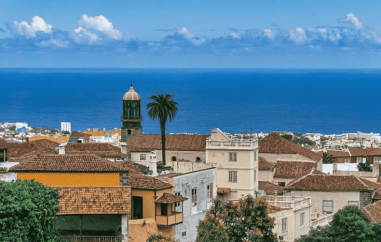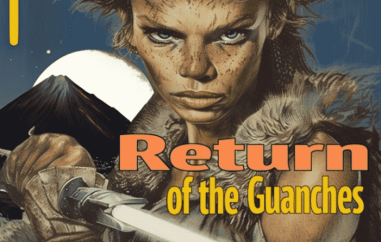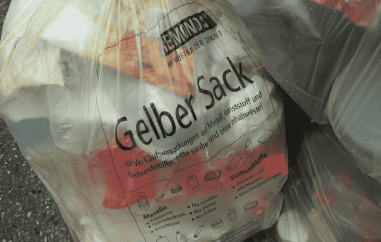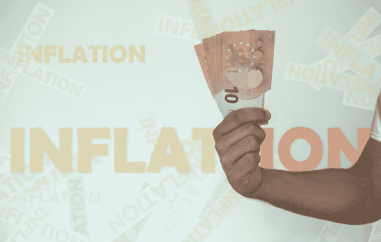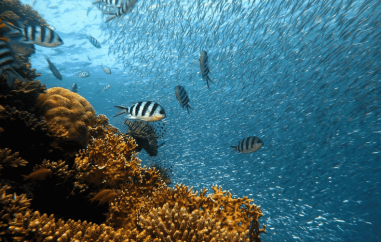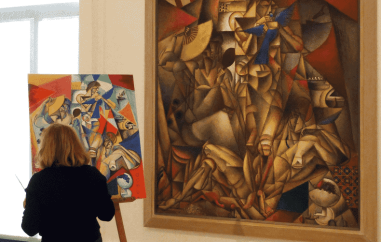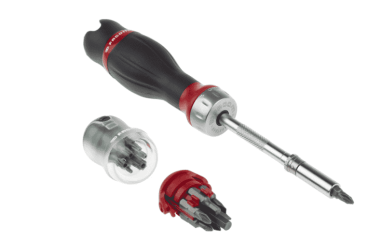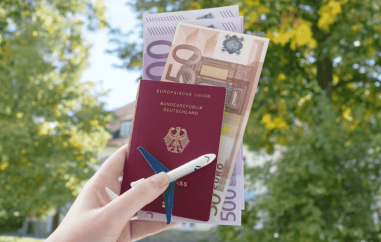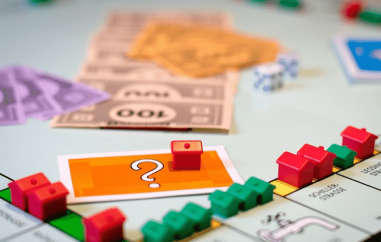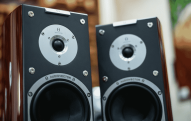New York City as metaphor for an unfulfilled desire
"First we take Manhattan", Rathausgalerie Kunsthalle, 03.08.2013 - 06.10.2013
"First we take Manhattan" is an exhibition on the longing and hope which every new generation of people drawn to the city develops again and again like a forever recurring motive. The show is conjuring up images and ideas of New York City as a metaphorical place and a projection surface for desires and unfulfilled dreams. This idea of the city is presented by ten artists who had their experiences in New York and tell stories with strong narrative character in their work. "First we take Manhattan" refers to a Leonard Cohen song with the same title.
Edouard Steinhauer, an American sculptor and installation artist born in Port-au-Prince, Haiti, who lived in New York for many years before recently moving to Berlin is one of the invited artists. He displays four pieces of his work: The Gold Horn, Fear Not the Charged Panther, Stand your ground - an American flag behind glass blowing, dancing, wincing in an airstream and an Apple Tree hanging upside down from the ceiling. His sculptural works deal with sociological and psychological subjects, creating strong metaphorical images that often put well known figurative forms - like the American flag - into a new context. Beside his artistic practice he works as a curator organizing shows in the U.S. and Europe.
Edouard, spoke with TME about the difficulties displaying this tree in the Rathausgalerie
"One of my exhibited artworks is a tree that is hanging upside down above a fountain in the gallery. The fountain is a permanent part of the gallery and I thought it was problematic because a gallery actually needs to be a blank space; it´s very hard to work in a situation where you have something permanent in the center of a gallery and make an exhibition uniquely yours. It reminds me of the Frank Lloyd Wright scenario of the Guggenheim museum in Manhattan because he built the museum as a sculpture, as an art piece. For an artist it must be a very complicated place to show in, you have to make it work somehow and get in his architectural vision the way you display your work. When I saw the photos of the gallery and the fountain I decided that I had to incorporate it into my work; hanging the tree above the fountain is my solution for that space".
Did it work out like you expected it to be?
Yes, it did work out - I think in the end the tree and the fountain create a poetic moment.
What about the title "First we take Manhattan"
The curator Daniel Permanetter had the vision of doing this group show and I want to say a little bit about what I know from him and what I´ve seen so far in his work. Daniel is a musician as well as an artist and his work is primarily based on Bob Dylan and so it seemed natural from my perspective - and probably his as well - that he picked a title of a song to create a visual art exhibition. Which I think is unique.
What is interesting from Daniel´s perspective is that he had just gone to New York and he queued in on this familiar theme "why do so many creative people move to the city" and coined it into this ideal of desire. People move there because they´re looking for something, fame or for some sort of liberation. They seem driven by something; when you are in New York City there are so many people and there is so much going on and very few of these people actually reach their goal, it´s almost unattainable, almost impossible because of how big the city is. But still every generation is driven to pursue this ideal. It almost becomes a scenario of lost dreams. But for some reason it doesn't keep people from trying. Daniel´s experience surveying the city, this magical place, seeing first hand the underside of its lost ambitions and lost dreams, he titled the exhibition around this idea in order to create something that spoke to this generation.
What does the exhibition´s title mean to you personally?
When Daniel asked me to be in the exhibition and told me what the exhibition is about I felt uniquely qualified to be in the show because of having lived and worked in the city, it was totally my experience. I grew up in California and I moved to New York after school to become someone and to do something big and it never happened there.
But you are doing something big right now!
Yeah, and I thought it was a perfect opportunity to fulfill this ambition, this dream of doing something spectacular, something eventful.
What is your art´s general theme? I would like to name a few catchwords I found among others: demystification versus mystification, Haiti, colonialism, Darwin´s theory of evolution, birds, guns: it´s quite a broad approach!
I´ve never really looked at my work that way, but that´s good. Being from the US, being black and making art you are immediately put into a situation where your work becomes something political. I don't mind if my work revolves around this political atmosphere and I don´t mind this because I can use it in my work as a platform to voice my opinions. I feel that the work that I make goes against what would be the stereotype for American Art.
Your next exhibition is about a huge horn; what does it mean?
The horn is complicated; a smaller model horn is exhibited in "First we take Manhattan". The truth about the horn is that it's my mythological object. I went to a bullfight in Mexico City in this huge stadium and I saw my first bull fight. The bull was fighting for its life and in the end it was slaughtered. You can´t even eat the meat after it died this way, you can´t do anything with the bull afterwards but skin it and cut off the horns and hooves, and this is a total waste to me. I really identified with this animal because it is just trying to survive and doesn't know that it is part of a spectacle. So after the second bullfight I saw that day I couldn't take it anymore and left. I bought the bull´s horn and I have had it with me ever since.
In practically every society the bull has a mystical quality. I basically just wanted to do something that would make this particular animal´s life more meaningful. I just thought it was such a wasteful and useless waste of life. In New York there is this Wall Street saying: when things are good it´s a bull´s market, when things are bad it´s a bear´s market. So I took the horn, I made a mold of it, cast it in concrete and put gold leaf on it for this show. I thought that this was a good way of playing with this idea of an artificial perspective that most monetary goods are based on. On the surface it´s gold but underneath it's just concrete.
What inspires you?
What inspires me to make art is that it gives me a voice; some people are politicians, some are singers and others are writers. I love to make things, I communicate through these things and I hope when people look at them they see things differently and it affects them in some way.
How did James Hampton inspire you?
James Hampton is an interesting scenario. He worked in his garage outside of Washington D.C. and he created a shrine of household items with a throne, above it the motto "Fear Not" which I also use in my work. He would slightly manipulate these found objects and covered them with gold and silver foil from candy wrappers and cigarette boxes. It is one of my favorite art works in the Smithsonian, I saw it as a kid and it really inspired me. He created his own myth and this is what I really loved about his work.
I feel that this is what art is about: your story, your mythology. I did a show that was dedicated to James Hampton about 2 years ago in Brooklyn. Why not create your own myth? Why not live it? I think this is a really beautiful and inspiring way of making art even though he probably didn't consider himself an artist. It changed me to see that exhibit and, at the time, I remember being inspired by seeing these objects that he had collected and transformed just by walking down the street and maybe finding a gold wrapper of a cigarette pack, taking it back to his garage and covering a part of his throne with it. That is art, you live your art and your art is a part of you. And that is the myth - and a story to tell.

